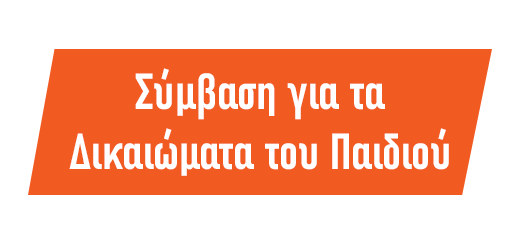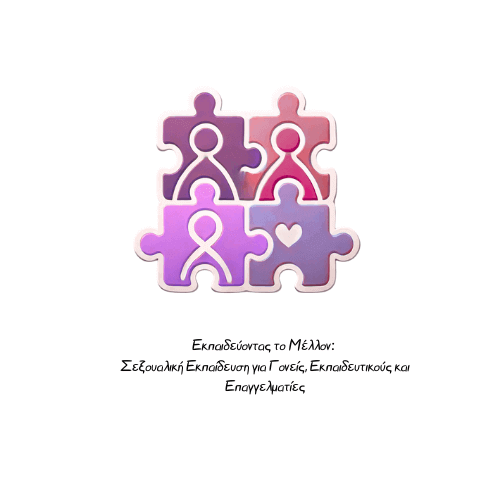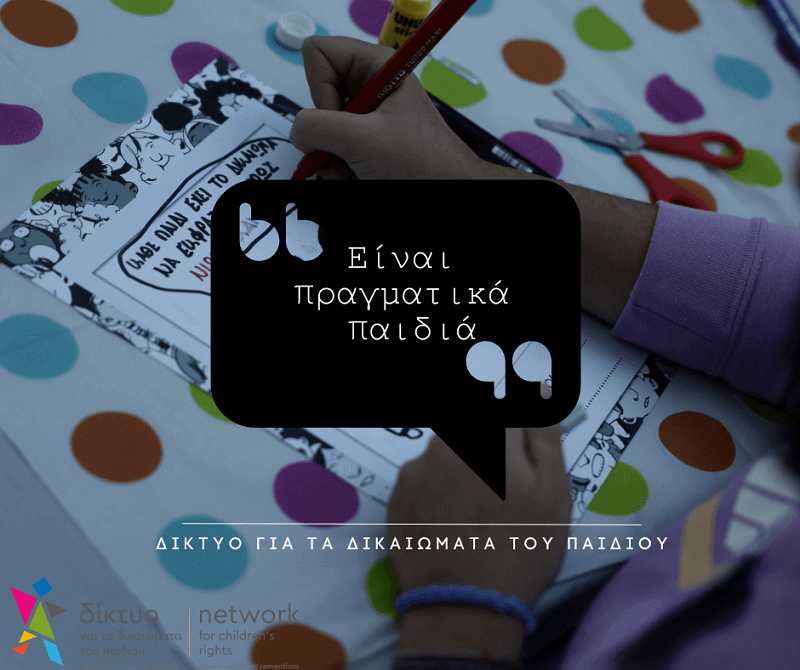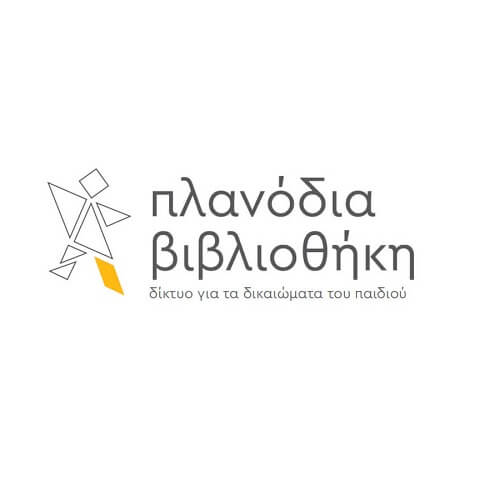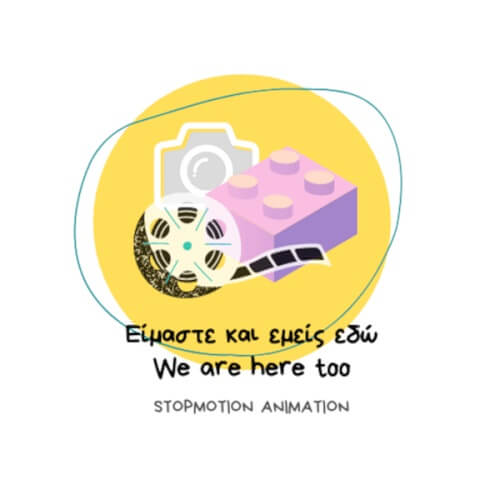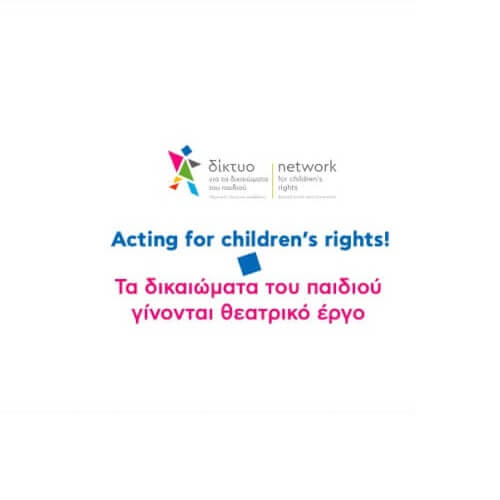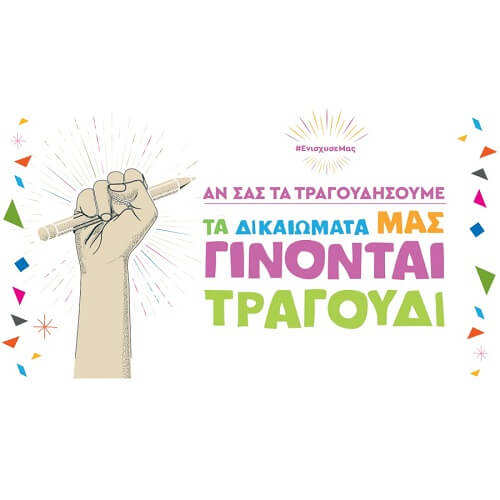Δίκτυο για τα Δικαιώµατα του Παιδιού
Πέρα από λόγια και συµβάσεις
Από το 2004 µέχρι σήµερα υλοποιούµε πρωτοβουλίες και παρεµβάσεις µε στόχο τον έµπρακτο σεβασµό των δικαιωµάτων του παιδιού.
Εξειδικευµένα προγράµµατα µη τυπικής εκπαίδευσης • ∆ηµιουργικά εργαστήρια • Κοινωνικές και πολιτισµικές δράσεις • ∆ράσεις συνηγορίας και ολιστικής παρέµβασης
Το Δίκτυο με μια ματιά
9.711
ωφελούμενα παιδιά
Με ολιστική υποστήριξη, δημιουργούμε σχέση εμπιστοσύνης και ασφάλειας μαζί τους
698
εκπαιδευτικοί
Πρωτοβάθμιας & δευτεροβάθμιας εκπαίδευσης που συμμετείχαν στα προγράμματά μας
61
εργαζόμενοι
Στηρίζουν αμέριστα το Δίκτυο
71
εθελοντές
Αν το όραμα και οι δράσεις μας σε εκφράζουν, έλα μαζί μας!
Περισσότερα
Πρόσφατες Ανακοινώσεις
Σχετικά με Εμάς
Είμαστε ένα μη κερδοσκοπικό σωματείο. Από το 2004 ερευνούμε και προωθούμε τα δικαιώματα του παιδιού. Οργανώνουμε Εκπαιδευτικά Προγράμματα, Κοινωνικο-Πολιτισμικές Δράσεις και συνεργαζόμαστε με οργανώσεις του εξωτερικού και της χώρας μας. Στηριζόμαστε στη Διεθνή Σύμβαση για τα Δικαιώματα του Παιδιού του ΟΗΕ, στην κοινωνική αλληλεγγύη, την πολιτισμική διαφορετικότητα και την εθελοντική προσφορά των μελών και φίλων μας.
Περισσότερα
Στοιχεία ΕπικοινωνίαςΦόρμα Επικοινωνίας
Δίκτυο για τα Δικαιώματα του Παιδιού


